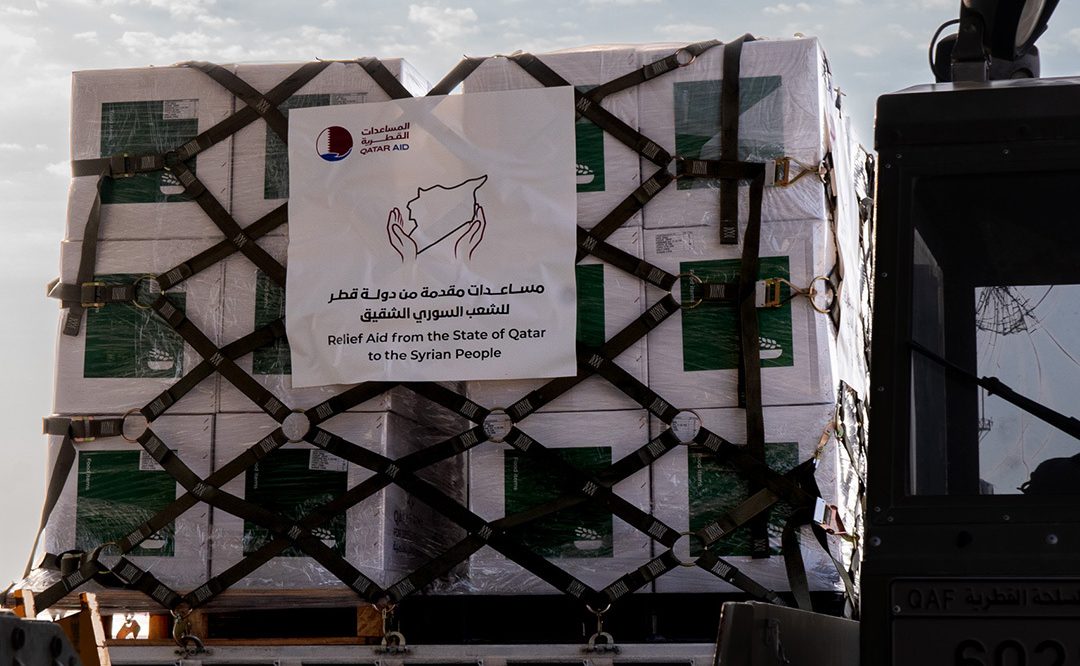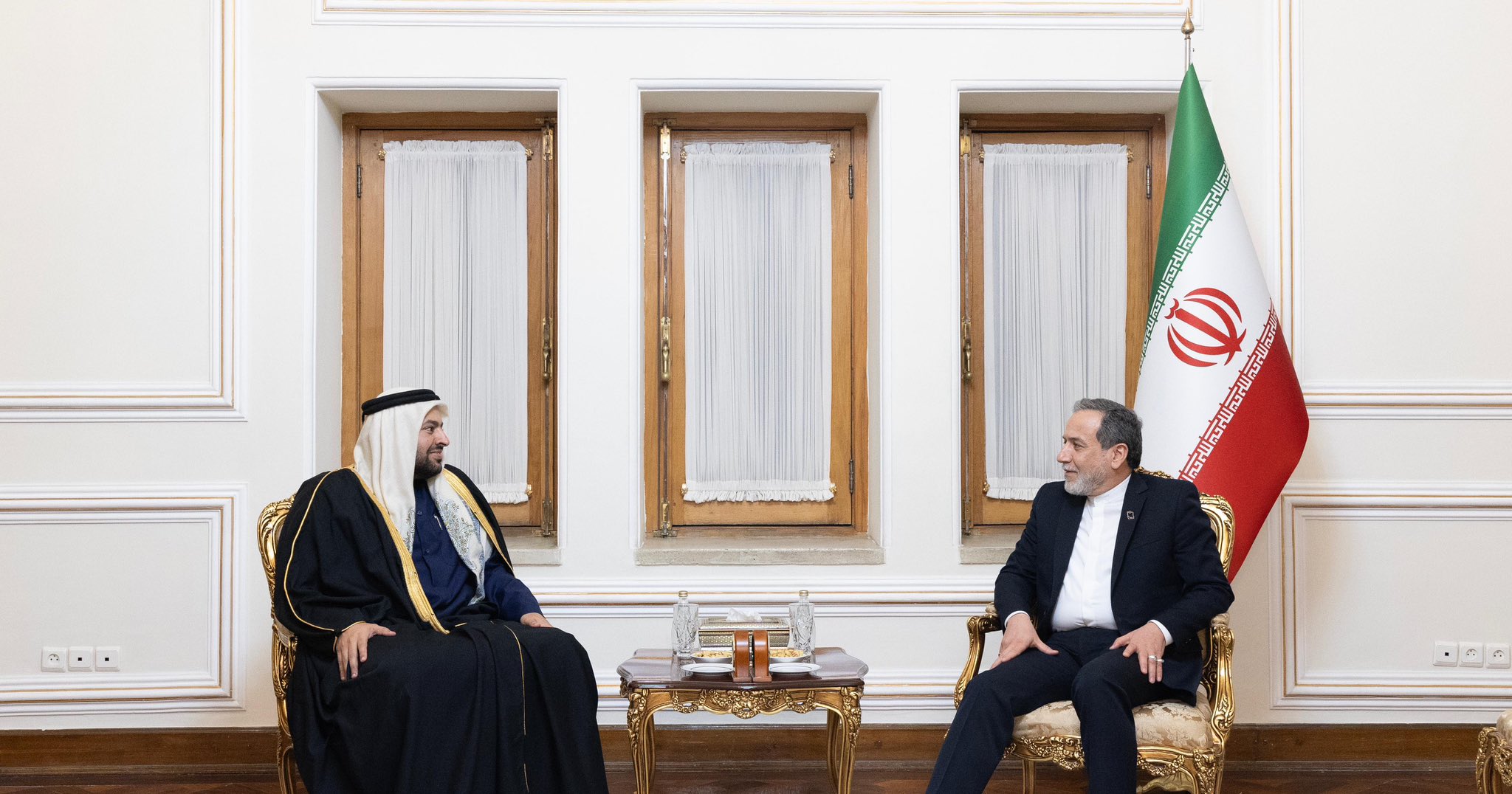While aid began trickling into Gaza from Egypt on 21 October, aid agencies have described this as a “drop in the ocean” compared to the daily 500 trucks that used to enter before the siege.
Gaza received its largest shipment of humanitarian aid since 21 October on Sunday, as 33 trucks carrying water, food, and medical supplies made their way through the Rafah border crossing with Egypt, the UN’s humanitarian organisation, OCHA, confirmed early on Monday.
Despite this, no fuel deliveries have taken place, leaving hospitals struggling to function on power generators after Israel severed the electricity supply.
Since the resumption of limited aid deliveries, 117 trucks have entered Gaza, a densely populated territory home to more than 2.3 million people. Despite the development, aid agencies have described such numbers as a “drop in the ocean” compared to the daily 500 trucks that used to enter before the siege.
Gaza is currently witnessing a growing humanitarian catastrophe in light of non-stop Israeli bombardment as well as a complete siege on the Palestinian enclave. Hospitals remain under severe stress, operating mainly on backup generators due to Israel’s ongoing blockade, which has cut off not only electricity but also food and water for more than three weeks.
Earlier in the week, Oxfam condemned Israel for using “starvation as a weapon of war,” stating that Gaza has received merely 2% of its typical food supplies since the conflict began.
Meanwhile, the United Nations relief agency said Palestinians have started to enter warehouses belonging to the UN to take much-needed food, including wheat, flour, and other essential goods in a desperate bid for survival, more than three weeks after Israel blocked all access to food, water and electricity.
“This is a worrying sign that civil order is starting to break down after three weeks of war and a tight siege,” said Thomas White, director of the UN Relief and Works Agency for Palestine Refugees (UNRWA) in Gaza.
While limited supplies have gradually made their way in, the Palestinian enclave continues to experience relentless Israeli bombardment.
Gaza’s government media office disclosed last week that Israel has dropped an alarming 12,000 tonnes of explosives on the Strip since the conflict began, a weight comparable to the nuclear bomb the United States deployed on Hiroshima in 1945.
Israel’s attacks have killed over 8,000 people in Gaza, including 3,195 children. Additionally, more than one million residents have been internally displaced, with the majority seeking refuge in hospitals and educational facilities.
On Friday evening, Israel unleashed its deadliest attack on the Strip, and resources needed for basic human survival are more scarce than ever.
Displaced residents have taken refuge in UNRWA-run schools as several hospitals shut down, and others teeter on the brink of closure due to fuel shortages.
“Supplies on the market are running out while the humanitarian aid coming into the Gaza Strip on trucks from Egypt is insufficient,” UNRWA warned, highlighting its own compromised ability to distribute aid after more than 50 of its staff were killed in airstrikes.
Over 613,000 of the 1.4 million internally displaced people are currently sheltering in 150 UNRWA facilities across Gaza. Overcrowding, poor sanitation, and a burgeoning public health crisis are exacerbating an already overwhelmed healthcare system, which experts describe as being in “a state of total collapse.”
The United Nations reported that all remaining fuel reserves are now being used cautiously to maintain water supply in southern Gaza. However, no agreement has been reached to permit additional fuel into the beleaguered area.







